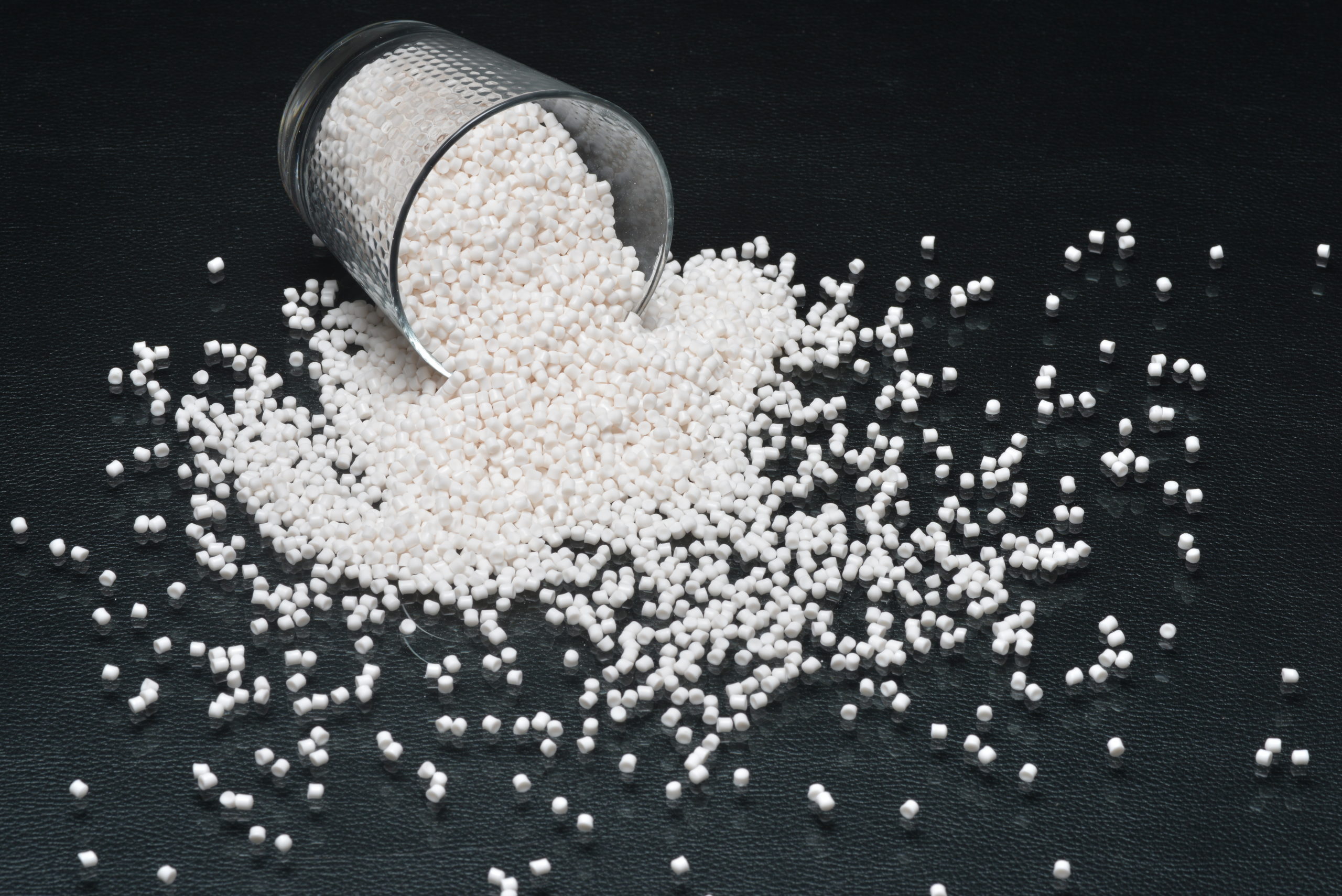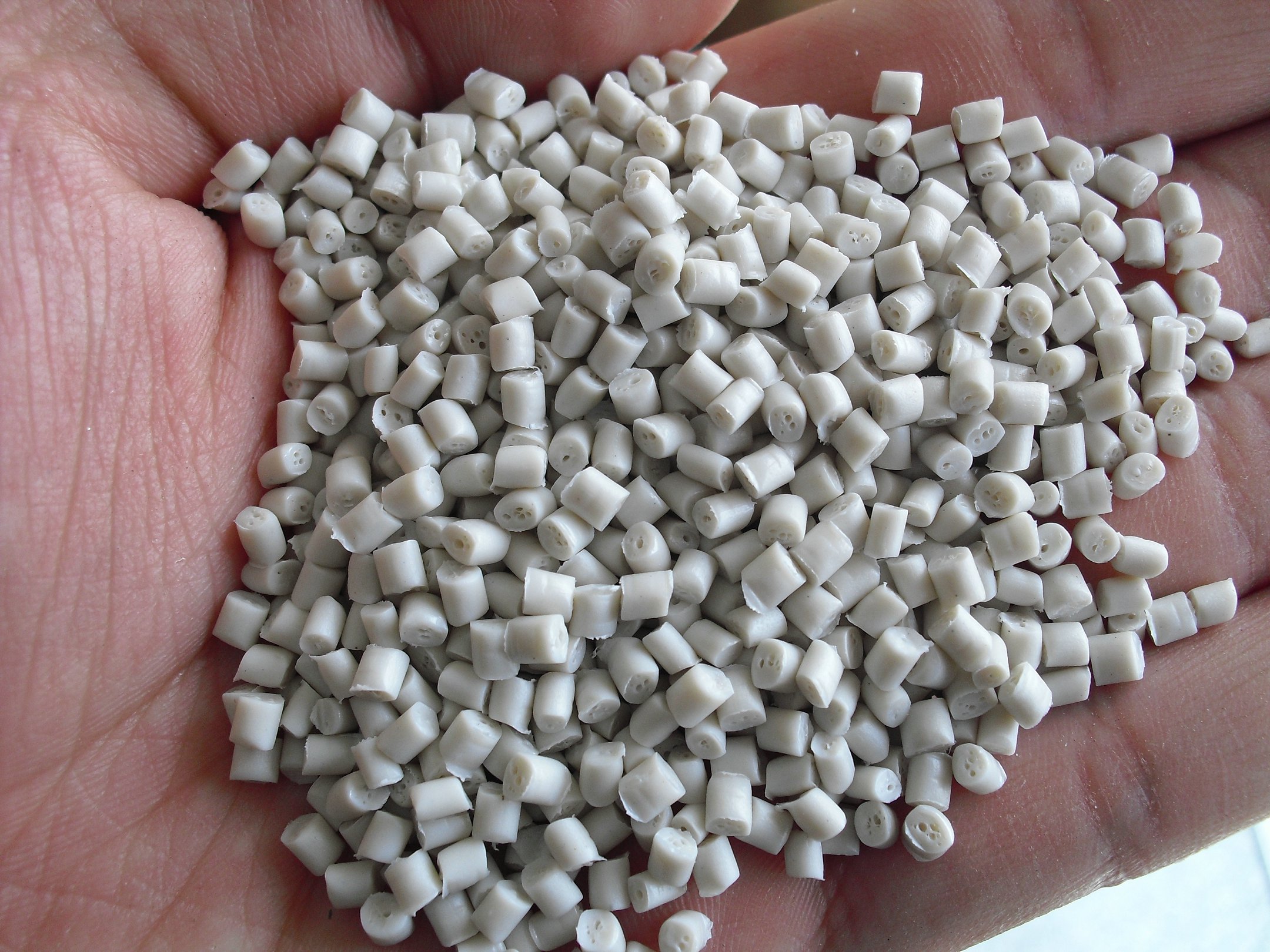1. Definition of cable compounds
Cable compound is a specialized plastic material designed to make the outer and inner insulation of cables. It is composed of polymer compounds as the main raw material and auxiliary materials such as additives, fillers and processing aids. Cable compounds have good electricity resistance, heat resistance, and cold resistance, which can ensure the safety and reliability of cables.
2. Classification of cable compounds
Cable compounds are divided into five categories according to different uses: inner insulation materials, outer insulation materials, shear insulation materials, filling materials and sheath materials.
- Inner insulation material: used for the insulation layer of cable conductors.
- External insulation material: used for the overall insulation layer of the cable to play a protective role.
- Cutting insulation material: used in some special parts of the cable, such as the shielding layer.

- Filling material: used for gap filling and sealing of cables.
- Sheath material: used for the outer sheath of cables to protect the cables from mechanical damage and chemical corrosion.
3. Properties of cable compounds
The properties of cable compounds are usually related to the raw material components used. Cable compounds must have certain processing properties, curing properties, mechanical strength, electrical properties, chemical resistance and heat resistance.
4. Application fields of cable compounds
Cable compounds have a wide range of applications. Common applications include communication cables, communication wires, power cables, lighting cables, construction cables and automotive cables. In modern industry and life, various cables require cable materials for manufacturing.

